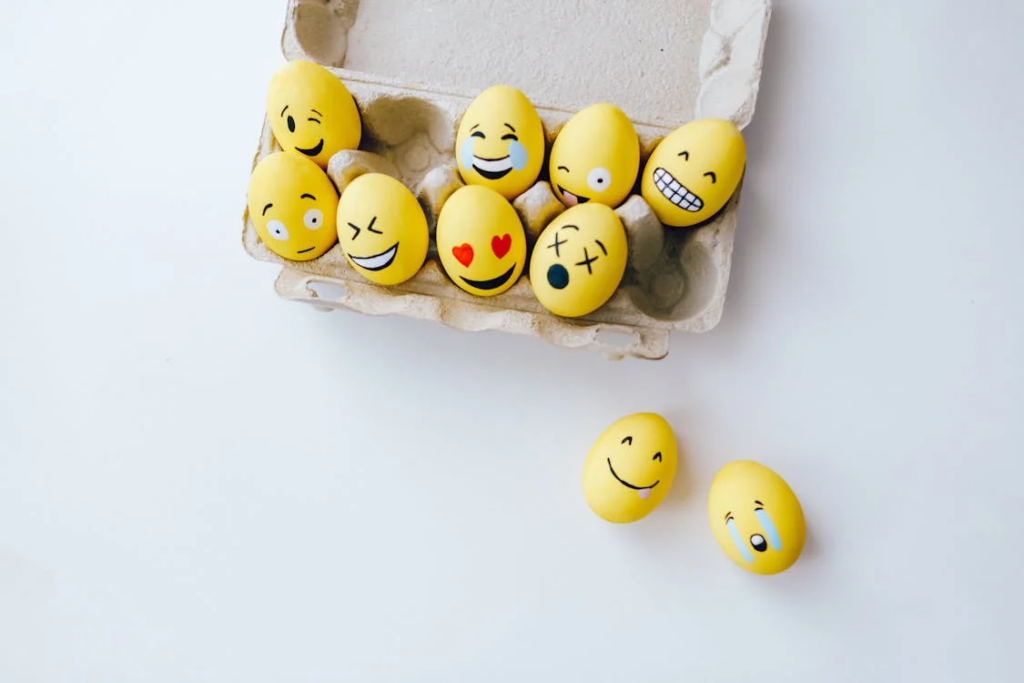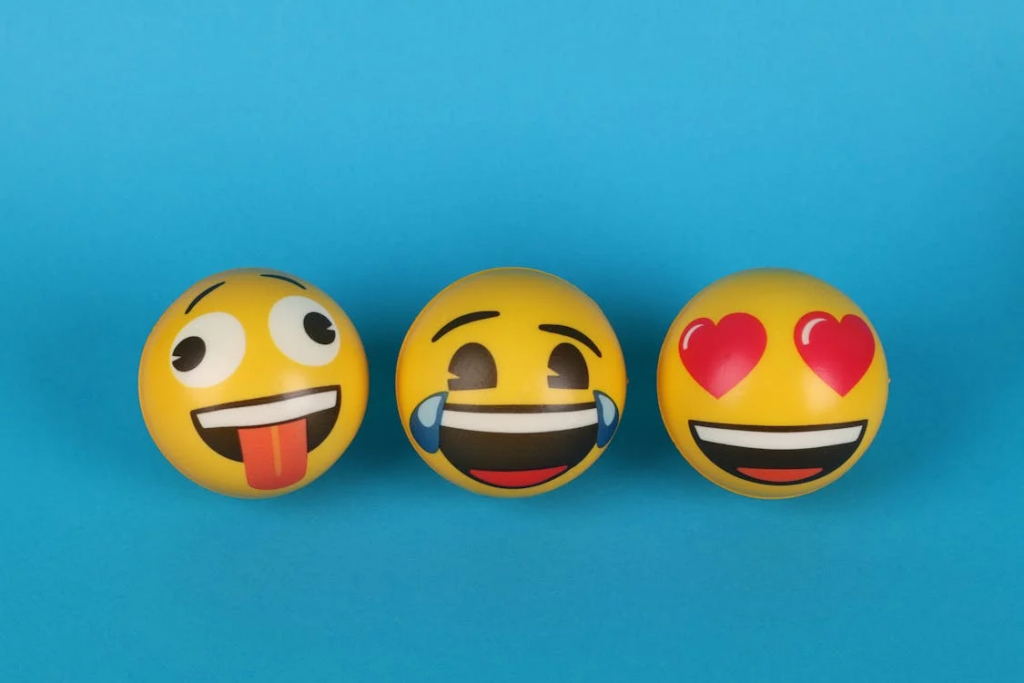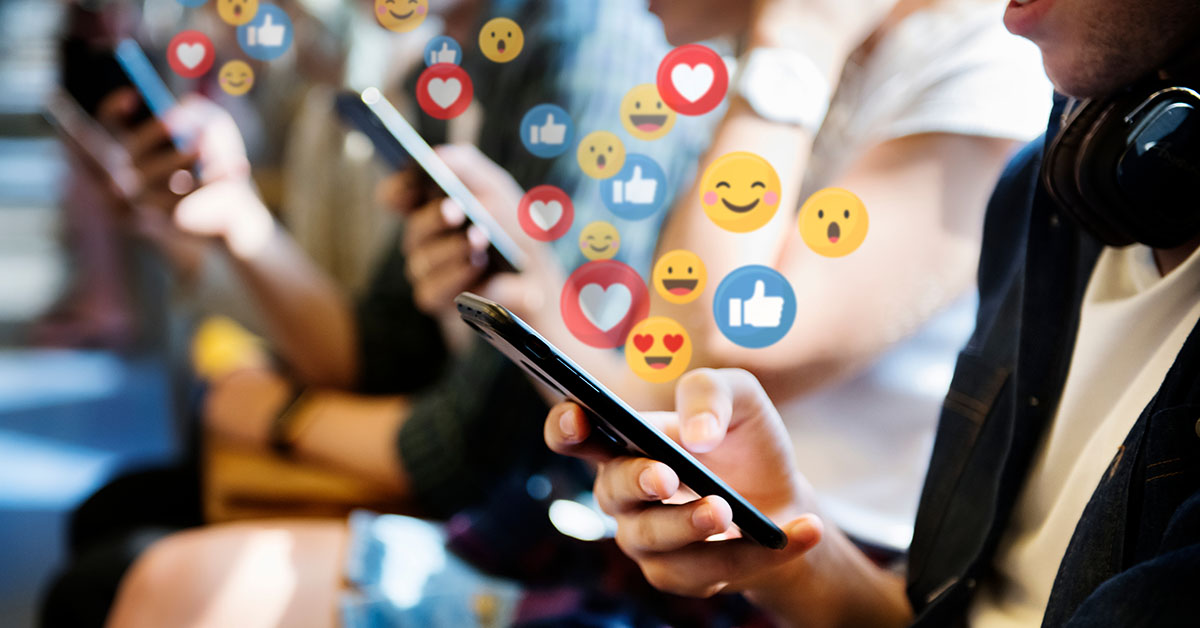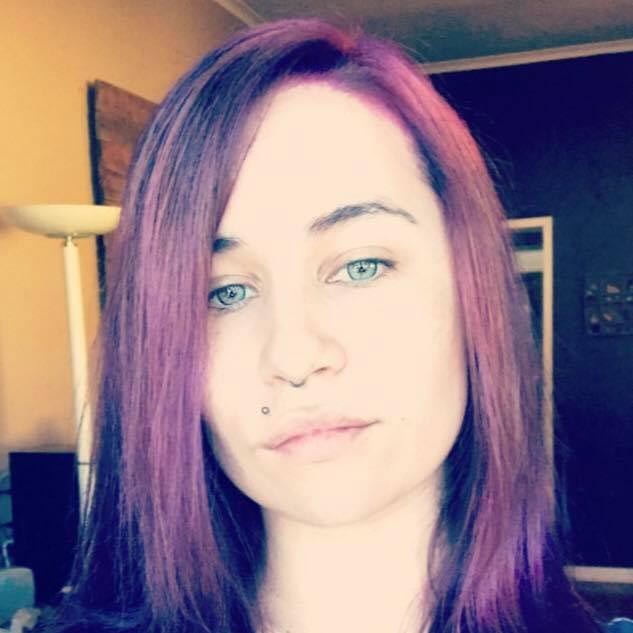In discussing emoji use across generations, it’s evident that differing outlooks shape how emojis are interpreted and employed. Jo, representing Gen Z, noted a tendency among their peers to use emojis ironically or humorously rather than in a literal sense. They emphasized the rapid evolution of trends within their generation, requiring constant adaptation to what is deemed amusing or relevant. Conversely, Sam, a millennial, observed that younger generations utilize emojis as punctuation or brief responses, whereas older generations, including those less familiar with online culture, employ them more earnestly.
How did Gen X fare? What about baby boomers when it came to emojis?

Ant, a member of Gen X, indicated a preference for using emojis in response to others’ messages rather than initiating their use. He acknowledged the greater frequency of emoji usage among younger individuals and expressed a personal inclination toward typing out messages without relying on emojis. Mike, a baby boomer, echoed this sentiment, suggesting that older generations are generally less inclined to use emojis compared to their younger counterparts.
When asked about specific emojis, their responses varied:

(Face with Tears of Joy) Jo mentioned its common usage for humor, while Sam highlighted its role as a shorthand response. Ant noted its use in response to others’ texts, indicating its familiarity across generations. Mike didn’t offer a specific interpretation but acknowledged its popularity among younger users. (Hundred Points) Jo and Sam associated this emoji with emphasis or agreement, while Ant mentioned its use in response to others’ messages. Mike didn’t provide a specific interpretation but acknowledged its existence. (Raising Hands) Jo and Sam both noted its usage to express celebration or agreement. Ant didn’t provide a specific interpretation. Mike didn’t offer input on this particular emoji. Following that, they randomly selected several emojis and inquired about their significance or usage according to each participant. Here are their responses:










